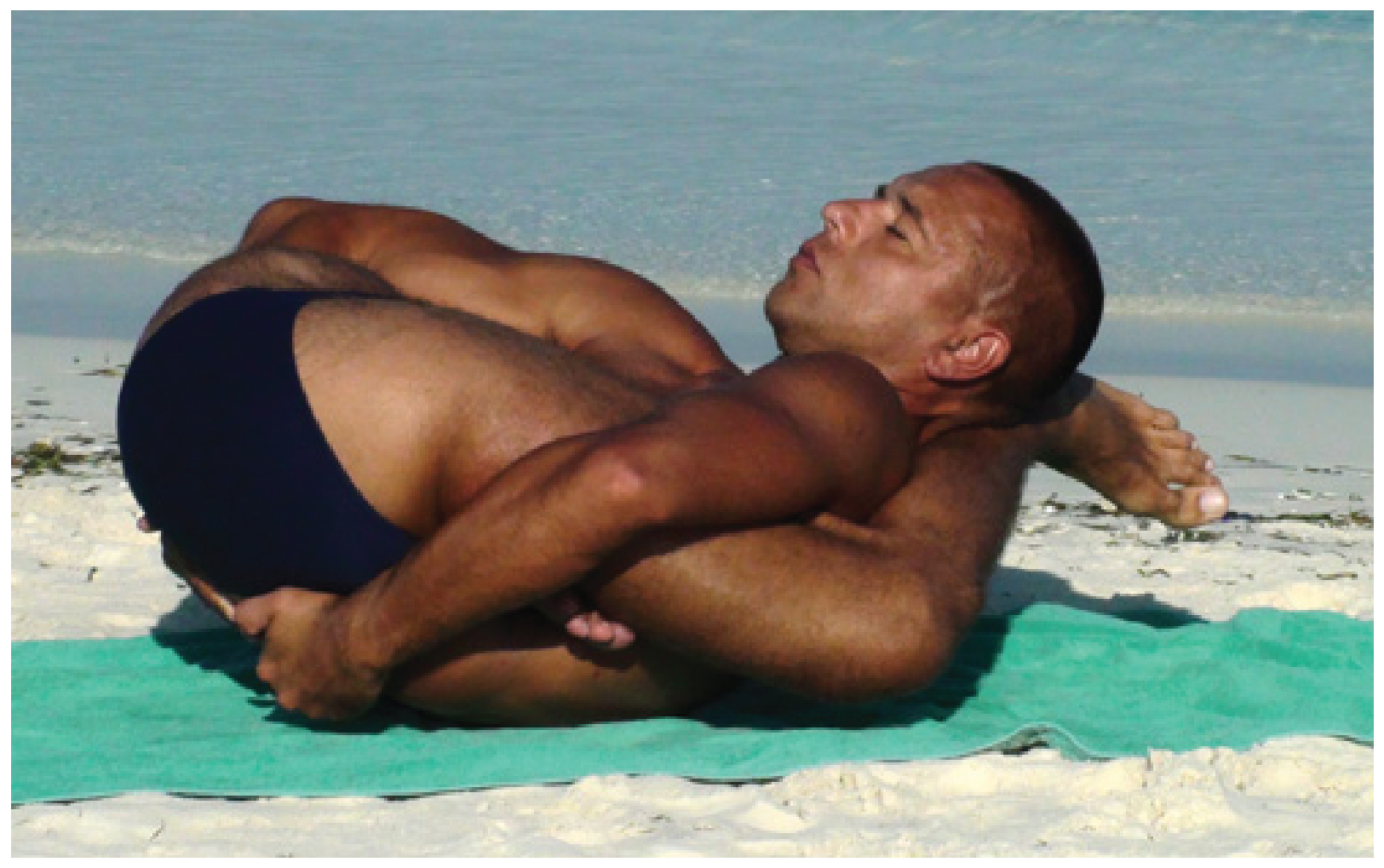
|

11.2 Naming skeletal muscles Read Online
11.3 Axial muscles of the head, neck, and back Read Online
11.4 Axial muscles of the abdominal wall and thorax Read Online
11.5 Muscles of the pectoral girdle and upper limbs Read Online
11.6 Appendicular muscles of the pelvic girdle and lower limbs Read Online

After studying this chapter, you will be able to:
Think about the things that you do each day—talking, walking, sitting, standing, and running—all of these activities require movement of particular skeletal muscles. Skeletal muscles are even used during sleep. The diaphragm is a sheet of skeletal muscle that has to contract and relax for you to breathe day and night. If you recall from your study of the skeletal system and joints, body movement occurs around the joints in the body. The focus of this chapter is on skeletal muscle organization. The system to name skeletal muscles will be explained; in some cases, the muscle is named by its shape, and in other cases it is named by its location or attachments to the skeleton. If you understand the meaning of the name of the muscle, often it will help you remember its location and/or what it does. This chapter also will describe how skeletal muscles are arranged to accomplish movement, and how other muscles may assist, or be arranged on the skeleton to resist or carry out the opposite movement. The actions of the skeletal muscles will be covered in a regional manner, working from the head down to the toes.
Question: The paranasal sinuses are ________.
Choices:
air-filled spaces found within the frontal, maxilla, sphenoid, and ethmoid bones only
air-filled spaces found within all bones of the skull
not connected to the nasal cavity
divided at the midline by the nasal septum
Question: The bony openings of the skull include the ________.
Choices:
carotid canal, which is located in the anterior cranial fossa
superior orbital fissure, which is located at the superior margin of the anterior orbit
mental foramen, which is located just below the orbit
hypoglossal canal, which is located in the posterior cranial fossa
Question: The primary curvatures of the vertebral column ________.
Choices:
include the lumbar curve
are remnants of the original fetal curvature
include the cervical curve
develop after the time of birth
Question: Which of the following is a function of the axial skeleton?
Choices:
allows for movement of the wrist and hand
protects nerves and blood vessels at the elbow
supports trunk of body
allows for movements of the ankle and foot
Question: Which of the following is part of the axial skeleton?
Choices:
shoulder bones
thigh bone
foot bones
vertebral column
Question: Which of the following is a bone of the brain case?
Choices:
parietal bone
zygomatic bone
maxillary bone
lacrimal bone
Question: The cervical region of the vertebral column consists of ________.
Choices:
seven vertebrae
12 vertebrae
five vertebrae
a single bone derived from the fusion of five vertebrae
Question: Parts of the sphenoid bone include the ________.
Choices:
sella turcica
squamous portion
glabella
zygomatic process
Question: The axial skeleton ________.
Choices:
consists of 126 bones
forms the vertical axis of the body
includes all bones of the body trunk and limbs
includes only the bones of the lower limbs
Question: The middle cranial fossa ________.
Choices:
is bounded anteriorly by the petrous ridge
is bounded posteriorly by the lesser wing of the sphenoid bone
is divided at the midline by a small area of the ethmoid bone
has the foramen rotundum, foramen ovale, and foramen spinosum
Question: The lambdoid suture joins the parietal bone to the ________.
Choices:
frontal bone
occipital bone
other parietal bone
temporal bone